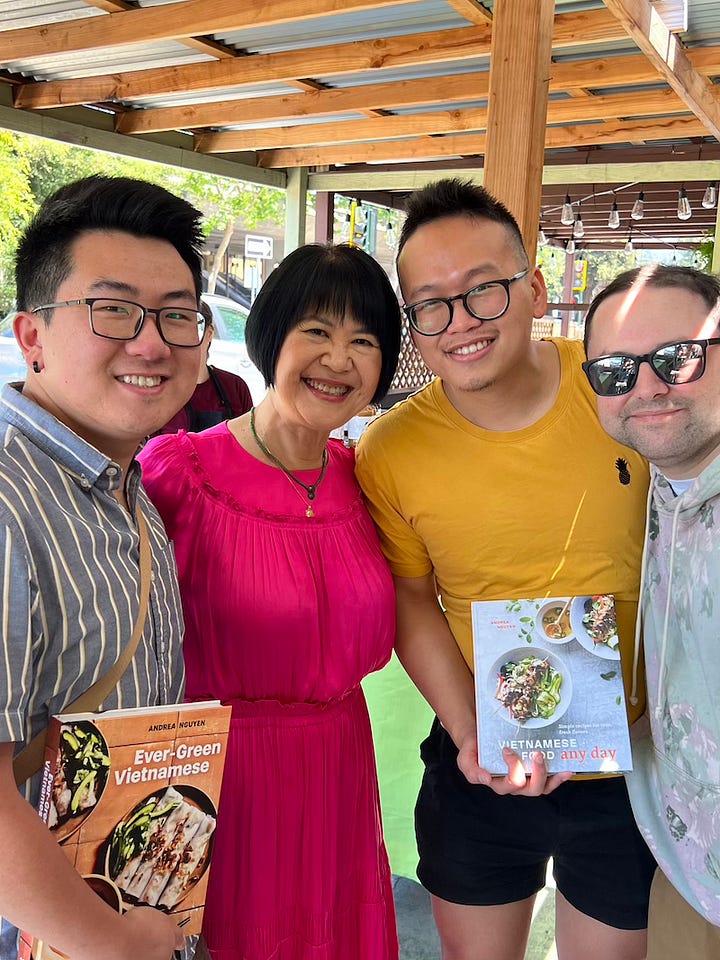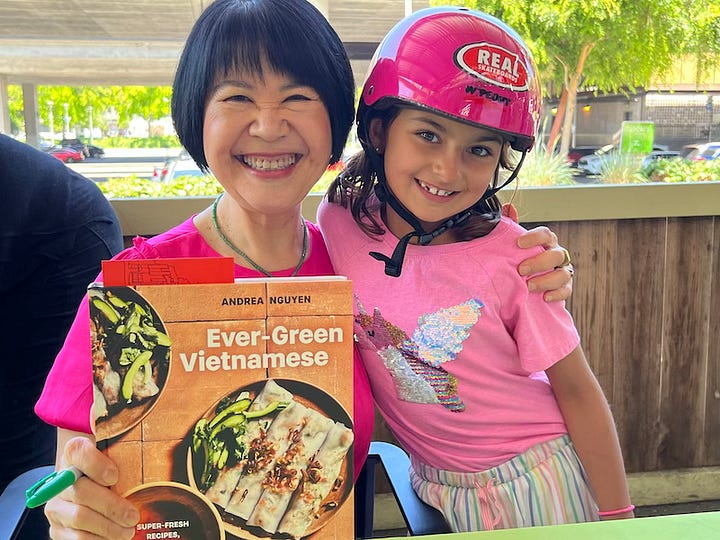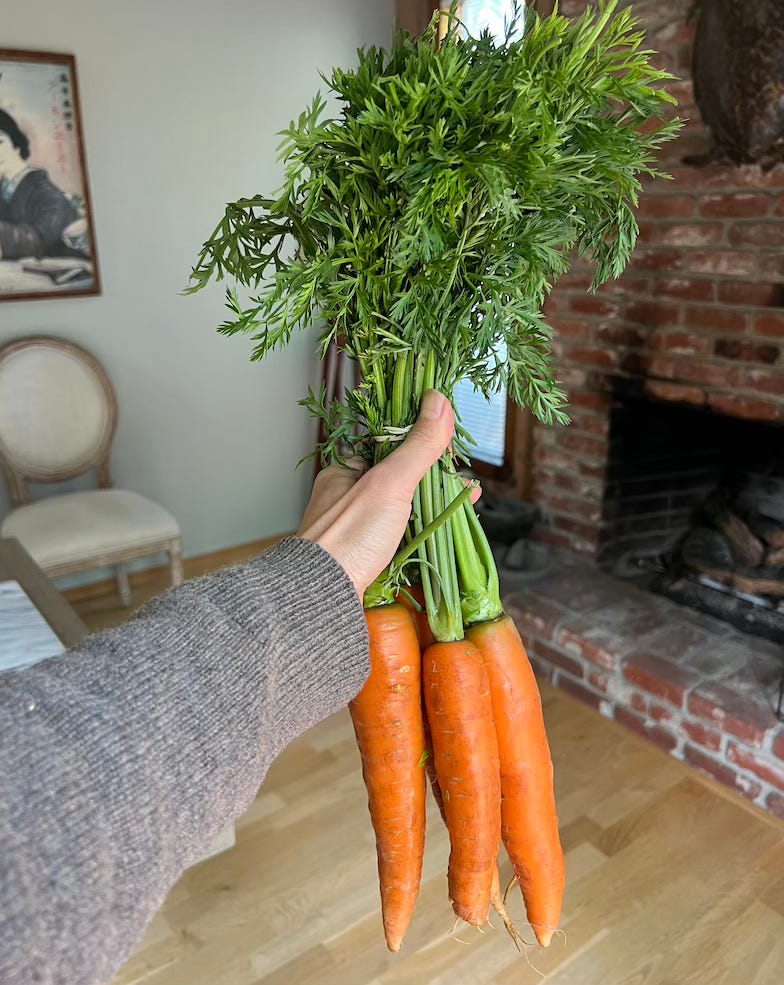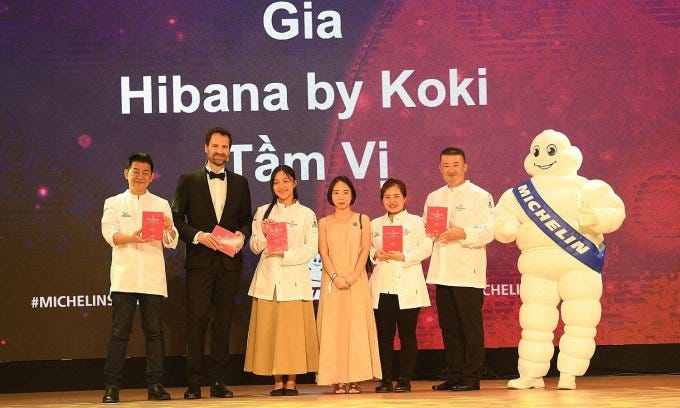Hello there! Welcome to folks who recently subscribed as free and paid subscribers! Thanks so much for making time for Asian food and cooking.
Moving forward, I aim to regularly send you dispatches twice a week. One will be a short check-in of sorts and the other will be a longer single subject. Why? I’ve been cramming too much into the weekly issues and honestly, it’s stressful. Moreover, you may not have the chance to filter or digest it all. Breaking things up may be more useful and efficient for all of us. Pivoting, I changed the settings so the font has a bit more breathing room (easier to read) on your screen.
This is a free post for everyone so please share it with others. Comment away!
There is no Viet market near my home, so I grow my own herbs. As I’ve written in my books and said publicly, you’ll be fine with cilantro and mint. But, if you’re into the full herbaceous Viet experience, incorporate some other herbs into your life. Summer is the best time for growing fresh herbs. To encourage you, I made the video at the top of this post to show you what my messy but very edible garden looks like. Whether or not you garden, as you cook through my recipes, including ones in Ever-Green Vietnamese, you may wonder what the herbs look like in the ground, in the wild.
To review what you just saw in the video, edibles in my garden include:
culantro / ngò gai
garlic chive / hẹ
magenta / lá cẩm (not used in my books because it’s somewhat of an outlier)
mint / húng
Vietnamese balm / kinh giới
Vietnamese coriander / rau răm
Vietnamese shiso / tía tô
Along with lemongrass (sả) and purslane (rau sam), there was tarragon plus lots of kale and mustard greens. Tarragon isn’t part of traditional Viet cooking but I add it to my food to experiment. I have a few more things to plant to round things out for summer 2023.
I don’t grow cilantro because it bolts quickly and I eat it faster than I can grow it. How do culantro and cilantro compare? I was interviewed by Clarissa Wei on that very subject(!) for this Whetstone podcast:
In the Vietnamese kitchen, herbs are used for flavor. They’re not cutie garnishes. They’re added to finish dishes at the end of cooking, served with lettuce for tasty wraps, added to rice paper rolls, and paired with noodle soups as an add-in. When a recipe calls for herbs (or when you’re served them), use them to experience the glory of Viet food. The herbs add pops of flavor and help you personalize each bite. Restaurants in Vietnam serve a lot of herbs but sadly, in the U.S., you’re lucky if there are a couple sprigs of mint. Pho comes with Thai basil and sometimes culantro. I don’t know why mint isn’t served with pho because it’s easy to keep perky and plentiful. Mint and pho are classic for Hanoi pho.
If you’re a gardener, what are you growing? Even if you don’t garden, do you have a question about Viet herbs? Comments are open to all subscribers on this post.
Carrots Can Be a Viet Cook’s Best Friend!
You can do a lot with carrots — and I just scored a beautiful bunch at our local farmer’s market. I like big carrots because their maturity signal better flavor. (On the other hand, I like small berries because as a vendor said today, “Tienen mas sabor.” (They have more flavor.)) Carrots can go in many culinary directions for my Viet needs. For instance, I pickle carrots with daikon to add a tangy crunchy, sweetly pungent Viet touch to foods. I also roast carrots and serve them with creamy nuoc cham or hummus accented with homemade chile oil.
In Ever-Green Vietnamese, carrots are a major workhorse ingredient. For example, I include them in every vegetarian soup broth to add a golden hue and sweet flavor. They’re used in salads, where they add a spark of bright color and delicate crunch. You’ll see carrots in dumpling fillings, stir-fries, stews, crudites, and many other recipes. Someone at a book event recently commented that getting all the vegetables to make Viet food is challenging. It’s really the opposite. You can do a lot with common vegetables such as carrots, celery, onion, cabbage, and cucumber!
Vietnam News: Michelin ⭐️ and Jail Time
Recent food-related news coming out of the motherland has been an unusual mix. Peter Lam Bui, a noodle vendor and political activist in Danang, received a 5.5-year jail sentence (Vietnamese version) for making a parody video mocking the Minister of Security for eating a $2,000, 24-carat gold leaf-encrusted steak at a Salt Bae restaurant in London. That was an eyeful to read, yes? For his parody, Bui was nicknamed Thánh Rắc Hành (Saint Onion Sprinkles); his video was pulled down but he likely dramatically showered his noodle dishes with green onion like Salt Bae throws salt on his signature steaks. The entire situation is a sad reminder that Vietnam is an authoritarian country with limited freedom of speech (and not much of a sense of humor). Godspeed to Bui and his family.
On a brighter note, Vietnam is betting on the Michelin Guide to boost tourism. This week, Michelin announced its first awards in Vietnam, and four restaurants received one-star ratings. There were more casual, lower-key “Bib Gourmand” recipients too. I’m somewhat ambivalent about the Michelin presence, especially because historically, Viet food wasn’t embraced by many French colonials, who also benefited from the riches gained via Vietnam’s rubber plantations. But, Viet people are ever the pragmatists. They know that Viet food is world class and want the public recognition and prestige conferred by Michelin.
According to Eater, complicated financial deals are made to facilitate Michelin ratings. In a nutshell, tourism boards pay Michelin to inspect and rate restaurants. For example, in 2017, the Tourism Authority of Thailand reportedly pledge $4.4 million to Michelin for five years ($880K annually), beginning with the first Bangkok guide released in 2017. A dear friend, Pim Techamuanvivit, earned coveted stars for her Thai restaurants in Bangkok and San Francisco; the stars mean a lot to her and her staff in terms of industry recognition, revenue, and reputation among diners.
Thailand and San Francisco are wealthier than Vietnam. For a communist country like Vietnam to support Michelin means funds were pulled from other potentially needier projects. The government likely sees it as an investment in future tourism dollars. I hope it delivers on expectations.
Some of my Viet friends are excited about the accolades and look forward to dining at these prestigious restaurants on their next trip to Vietnam. I’m thrilled for Viet American Chef Peter Cuong Franklin who helms Anan Saigon in Ho Chi Minh City.
June Events!
Last weekend’s signing at Market Hall in Oakland, CA, was a blast. The market made an entire weekend menu from Ever-Green Vietnamese and offered samples to customers. I met lots of people, including Viet Americans who said that they use my cookbooks to connect with their heritage. One woman shared that her son now requests the crispy caramelized pork crumbles from Vietnamese Food Any Day whenever he comes home from college. She was not Vietnamese. It’s rewarding to know that one of my childhood favorites (thịt heo băm, page 132) is now a favorite for that family. Oh, I got a young cook started on Viet food too! (It wasn’t purely because we both wore pink last Saturday.)


What’s in store for June? I’m looking forward to these events:










Share this post